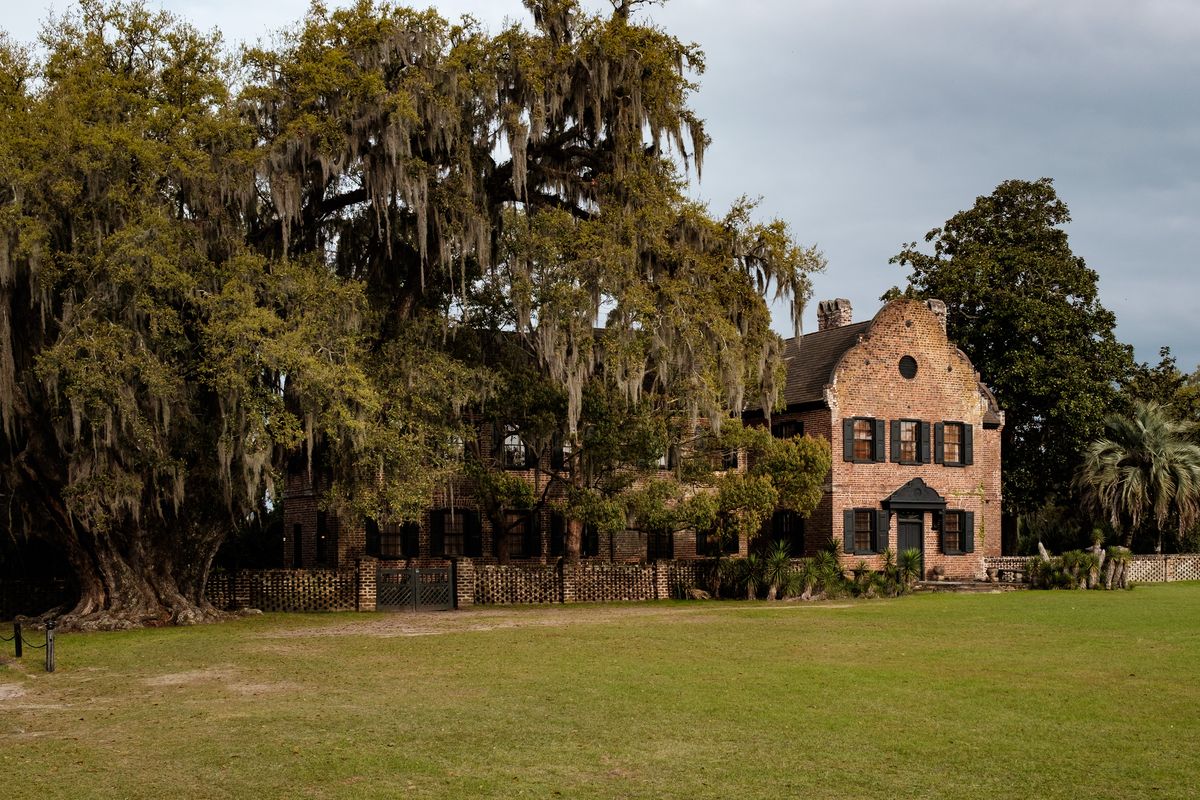Secrets Of South Carolina’s 18th-Century Rice Plantation

Imagine stepping back in time to the 18th century, where the lush landscapes of South Carolina were home to thriving rice plantations. These plantations played a crucial role in shaping the region's history and economy. Today, you can still visit some of these historic sites and get a glimpse into the past. Walking through these plantations, you’ll see the remnants of old rice fields, grand plantation houses, and learn about the lives of those who lived and worked there. Exploring these sites offers a unique opportunity to understand the cultural and historical significance of rice cultivation in South Carolina. Whether you're a history buff or just curious about the past, these plantations provide a fascinating look into a bygone era. Get ready to uncover the stories and secrets that these historic places hold.
Discovering South Carolina's 18th-Century Rice Plantations
South Carolina's 18th-century rice plantations offer a glimpse into the past, where vast fields of rice once thrived under the Southern sun. These plantations tell stories of innovation, resilience, and the complex history of the region. Let's explore some of the most fascinating rice plantations in South Carolina.
Historic Plantations to Visit
These plantations are more than just fields; they are living museums that preserve the history and culture of the Lowcountry. Each one has its own unique story to tell.
Middleton Place
Located along the Ashley River, Middleton Place is a National Historic Landmark. Known for its stunning gardens, this plantation was once a thriving rice producer. Visitors can explore the house museum, stables, and the oldest landscaped gardens in America.Magnolia Plantation and Gardens
Founded in 1676, Magnolia Plantation is one of the oldest plantations in the South. Its beautiful gardens are a major attraction, but the plantation also offers a rich history of rice cultivation. Take a guided tour to learn about the lives of those who lived and worked here.Drayton Hall
Drayton Hall stands as one of the finest examples of Georgian-Palladian architecture in America. This plantation offers a unique look at the history of rice cultivation and the people who made it possible. The house remains unrestored, providing an authentic glimpse into the past.Hampton Plantation State Historic Site
Nestled in the Santee Delta, Hampton Plantation offers a serene setting with a rich history. The plantation house is open for tours, and visitors can explore the grounds where rice was once a staple crop. The site also includes a nature trail through the surrounding forest.Boone Hall Plantation
Known for its iconic oak-lined entrance, Boone Hall Plantation is one of America's oldest working plantations. While it is famous for its cotton production, rice played a significant role in its history. The plantation offers tours of the house, gardens, and slave cabins.
Understanding the Legacy of Rice Plantations
Rice plantations were more than agricultural enterprises; they were communities with complex social dynamics. Understanding their legacy involves exploring the lives of both the plantation owners and the enslaved people who worked the fields.
McLeod Plantation Historic Site
McLeod Plantation provides a comprehensive look at the history of rice cultivation and the lives of enslaved Africans. The site includes preserved buildings, including slave cabins, and offers guided tours that delve into the plantation's history.Charleston Tea Garden
While not a rice plantation, the Charleston Tea Garden offers insight into the agricultural history of the region. Visitors can learn about the transition from rice to other crops and explore the only tea garden in America.
Preserving the History of Rice Plantations
Efforts to preserve these historic sites ensure that future generations can learn from the past. These plantations serve as reminders of the ingenuity and hardships of those who lived during the 18th century.
Hobcaw Barony
Once a sprawling rice plantation, Hobcaw Barony is now a research reserve. The site includes historic buildings and offers tours that highlight the plantation's history and its transition to a center for environmental research.Brookgreen Gardens
Originally four rice plantations, Brookgreen Gardens is now a sculpture garden and wildlife preserve. Visitors can explore the gardens, learn about the history of rice cultivation, and enjoy the natural beauty of the area.Rice Museum
Located in Georgetown, the Rice Museum offers exhibits on the history of rice cultivation in South Carolina. The museum provides a comprehensive look at the impact of rice on the region's economy and culture.
Discovering the Legacy of South Carolina's Rice Plantations
South Carolina's 18th-century rice plantations offer a fascinating glimpse into the past. These plantations were more than just agricultural hubs; they were centers of innovation and cultural exchange. The complex irrigation systems and the labor of enslaved Africans played a crucial role in the success of these plantations. Today, visiting these sites provides a deeper understanding of the region's history and its impact on modern agriculture. Walking through the remnants of these plantations, you can almost hear the echoes of the past, from the bustling activity of workers to the quiet determination of those who toiled under harsh conditions. Exploring these historic sites not only enriches our knowledge of South Carolina's history but also honors the resilience and contributions of those who lived and worked there. It's a journey through time that leaves a lasting impression on all who visit.

